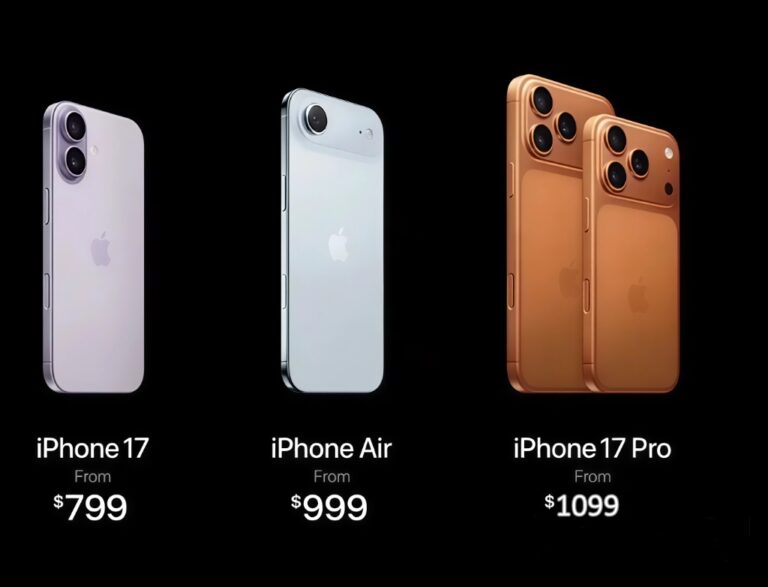
Photo source : biharadmission.com
In a remarkable international collaboration, researchers from IIT Guwahati and Ohio State University have developed an innovative technology that can convert human breath into voice commands — a potential game-changer for individuals with speech disabilities.
The breakthrough was recently published in the prestigious journal Advanced Functional Materials. The experimental work began with the goal of creating a non-invasive, low-cost communication system for those who cannot speak due to vocal cord damage or neurological conditions. The development process was led by Prof. Uttam Manna and Prof. Roy P. Paily from IIT Guwahati, in collaboration with Prof. Xiaoguang Wang and Ufuoma Kara from Ohio State University.
The technology uses a vibration sensor combined with a deep-learning model to decode exhaled air — turning silent breath into recognizable voice-like outputs. The experiment is designed especially for children and young adults (ages 3–21) with impaired or no voice ability.
Here’s how it works: A chemically modified porous sponge floats just below the water’s surface. When the user breathes out near this sensor, the exhaled air creates micro-vibrations in the water. These vibrations are detected and processed by the sensor, which converts them into electrical signals. These signals are then interpreted using a convolutional neural network (CNN), allowing the system to recognize specific commands or phrases.

The experiments were carried out in lab conditions at a cost of around ₹3,000, making it a highly affordable option compared to conventional assistive technologies. The team is now moving forward with clinical trials to test the system with real-world users, especially those suffering from permanent speech loss.
According to the researchers, this innovation has the potential to be used not just for medical purposes but also in smart home automation, underwater communication, and human-machine interfaces. It allows users to interact with devices without speaking, using just their breath.
This collaborative effort showcases how science and technology can come together across borders to solve deeply human challenges — giving voice to those who cannot speak.



